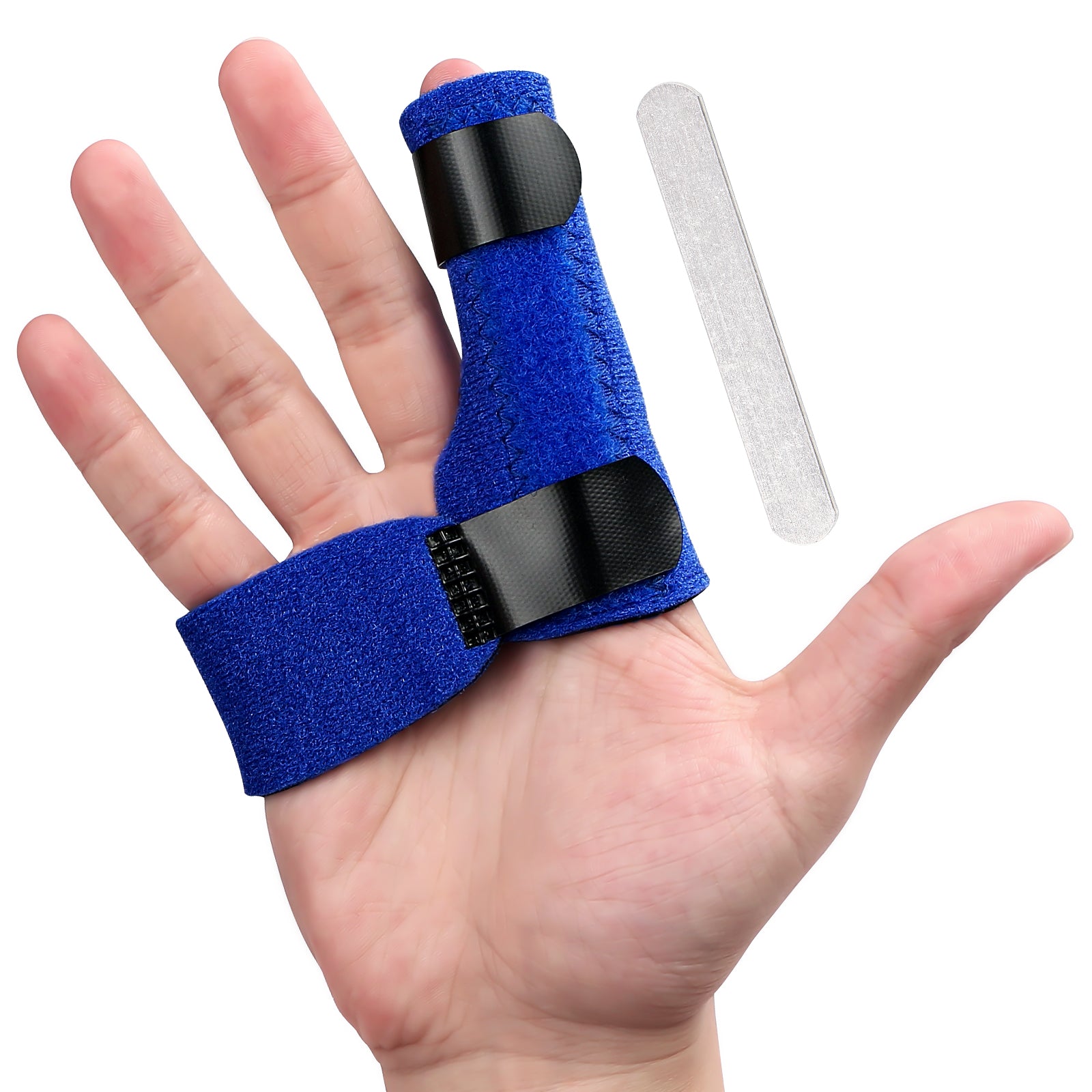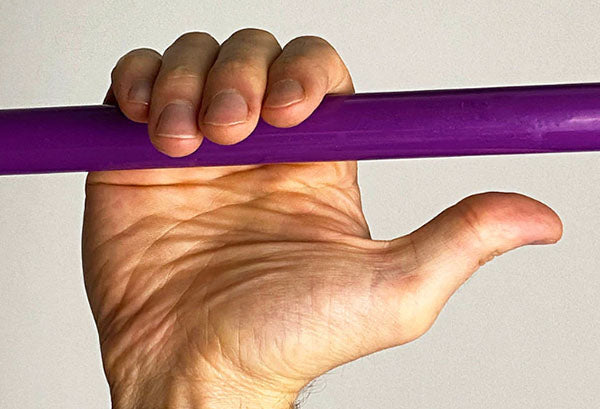The power to grasp, hold, and manipulate objects primarily resides in our hands. As a key component of our daily life and many athletic endeavors, understanding and measuring this strength becomes imperative. The "hand grip strength test" is a standardized method used worldwide to gauge an individual's grip strength. In this article, we'll dive into the nuances of this test, its significance, and how it is performed.
Why Test Hand Grip Strength?
Hand grip strength is not just about knowing how strong one's handshake is. It serves multiple purposes:
Health Indicator: Several studies suggest a correlation between hand grip strength and overall health, especially cardiovascular health.
Rehabilitation: After injuries or surgeries involving the hand or arm, therapists use this test to track recovery progress.
Athletic Performance: For athletes, especially climbers, weightlifters, and martial artists, grip strength is a critical parameter of their performance.
Aging and Muscle Degradation: As people age, muscle strength diminishes. Regular grip strength tests can monitor this progression, helping in early detection and intervention.
How Is the Hand Grip Strength Test Performed?
The primary tool for this test is a hand dynamometer, a device that measures force applied by a hand squeeze.

Positioning: The individual sits with their feet flat on the ground, arms bent at a 90-degree angle, and the wrist in a neutral position.
Testing: Holding the dynamometer in one hand without touching any other part of the body, they squeeze with maximum effort for about 3-5 seconds.
Recording: The dynamometer displays the grip strength, typically in kilograms or pounds. It's advisable to take multiple readings (usually three) for each hand and calculate the average.
Comparison: The result can be compared against standardized charts based on age and gender to determine if the grip strength is within the average range, below, or above.
Factors That Can Influence Grip Strength
Age: Grip strength usually peaks in early adulthood and then gradually decreases.
Gender: Typically, men exhibit higher grip strength values than women.
Hand Dominance: The dominant hand often shows slightly higher strength values.
Occupation and Activities: Individuals engaged in manual labor or sports requiring hand strength might have higher readings.
Health Conditions: Certain conditions, like arthritis or nerve diseases, can influence grip strength.
Once you're aware of your hand grip strength through the test, you can engage in exercises and activities to enhance it, if needed. These might include:
Hand Grip Strength Ring: Devices specifically designed to increase grip strength.
Resistance bands: Used to perform finger extension exercises.
Weight training: Incorporating exercises like deadlifts, farmer's walks, and pull-ups.
Climbing: Rock climbing or bouldering naturally builds grip strength.
The hand grip strength test is more than just a measure of how hard you can squeeze your hand; it's a reflection of overall health, muscle function, and recovery. Whether you're an athlete, recovering from an injury, or just curious about your hand strength, understanding and periodically performing the hand grip strength test can offer invaluable insights.



















